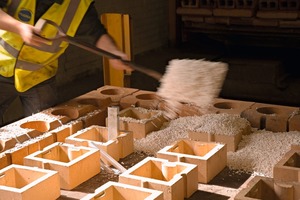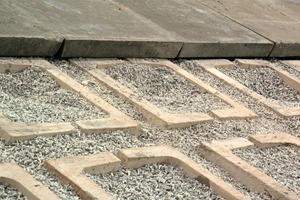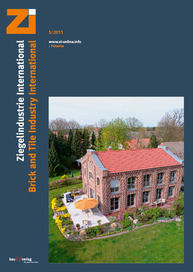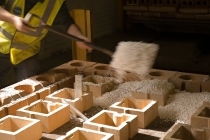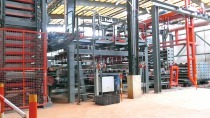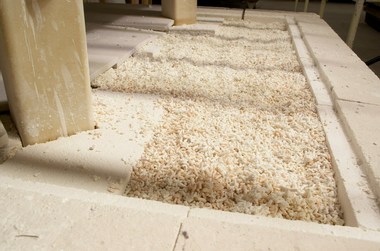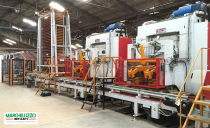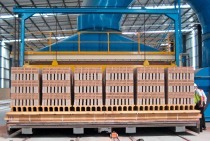Ultralite finds favour with heavy clay makers
One of the benefits immediately evident is Ultralite’s ability to trap air, leading to exceptional insulation characteristics. There is a high proportion of air open space within the structure, meaning a low solid density. Consequently, the heat transfer through the material at elevated temperatures is significantly less than that of traditional insulation materials, such as firebrick and ceramic fibre. All of this leads to tangible energy savings. Ultralite is a stable product and, although free flowing, maintains good shape and offers a longer lifecycle.
Ultralite helps overcome several problems encountered in the brick industry: The first of these is where, in a traditionally set up kiln car, the setting sand (or “placing sand”) gradually drops down between the cracks of the decking tiles and, having nowhere else to go, ends up gathering between the tiles and also in spaces in the vermiculite castable often used in this sector. In the worst case this can drive the tiles apart so that the kiln car gets wider and wider. The only way to prevent this is to disassemble the top of the kiln car, clear away the sand debris, replace the insulation and then reassemble. Furthermore, any ceramic fibre has to be disposed of in controlled conditions. Across an entire operation, this involves a great deal of costly maintenance and unwanted down time.

